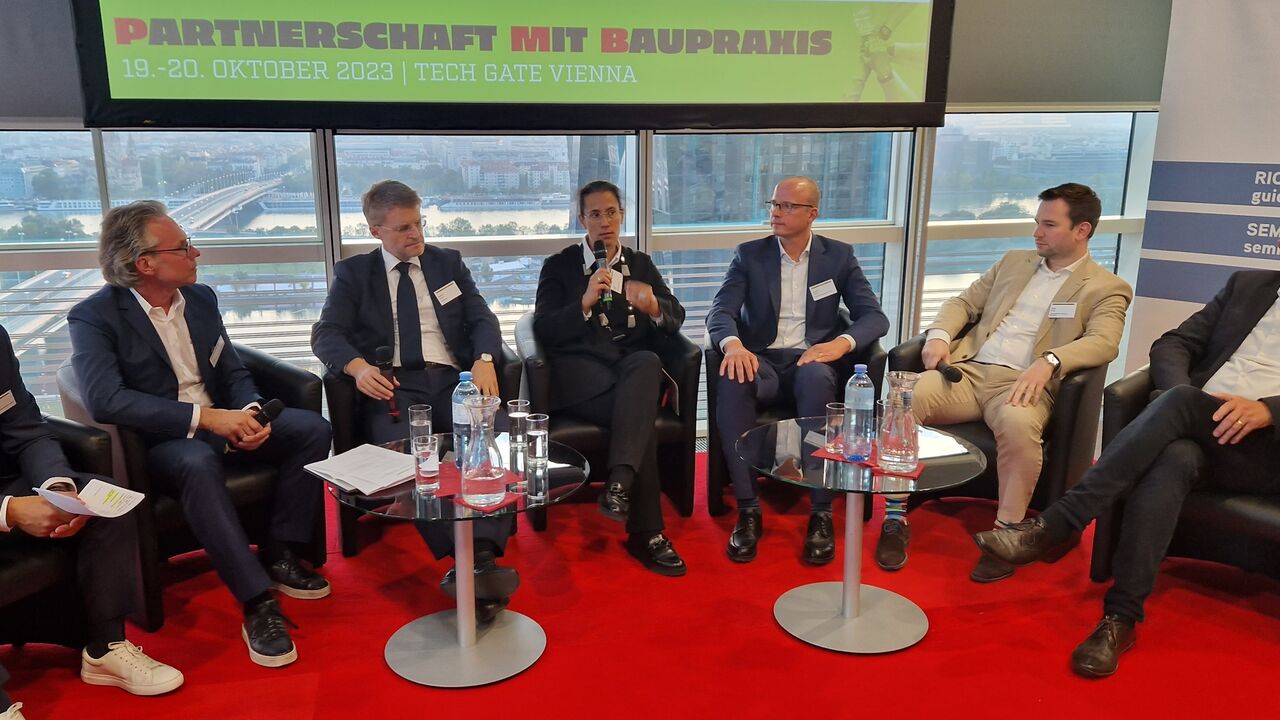It is one of the best established events on the subject of construction and in particular construction contract law: the conference was held for the fourth time this year in October “Partnering with construction practice” Instead – as always organized by ÖBV. While initially there were declarations of intent and subtle little plants that shaped the image of the conference, over the years there are more and more actual projects to present and analyse.
Before that, the ÖBV president was enthusiastic Peter Kramer (Switelski) In his keynote, he covered the arc from the 1990s, with the beginning of the claim, to the present day, when the goal of construction is to keep both risks and costs low. This must be achieved through the following three points:
We know that people are the most important factor. Open communication and transparency are the cornerstones of partnership models.
Alternative contract models, whatever their nature, allow us to improve our service delivery, benefit more widely from digital capabilities, lean management, and save money.
Managing risks also means saving costs. If both sides only have one risk pot, they will do everything in their power to avoid using it in the end.
Steven Hanczyk (Deutsche Bahn) spoke about the opportunities offered by the alliance model (PM-Rail) and the will to persevere. There are currently eight database projects with integrated project management (IPA) operating throughout Germany. Project sizes range up to more than €1 billion each. Another 10 pilot projects are scheduled for 2024 in order to gain experience.
Klaus Mitteregger (Tiwag) describes the selection of bidders based on the Imst Haiming power plant through an alliance contract: Bidders provide the customer with documents on the quality assessment, optimization of the construction schedule specified by TIWAG and a non-binding cost estimate. The AG performs quality checks on a commission basis and fixes the evaluation as much as possible, and after evaluating the quality, opens non-binding cost estimates to the bidder.
Markus Frowirth (Asfinag) can already give a positive interim report on the S31 Sieggraben valley crossing project: The start of construction was very effective because a lot of things had already been clarified. Collaboration between participants as well as with the planner is constructive and solution-oriented. Frühwirth sees a need to improve the simplification of the process, but without compromising on quality, and to standardize the ASFINAG and ÖBB alliance contracts to make bidders more friendly.
Frederik Hill (ÖBB) and Roland Arnold (Bemo) provided a positive interim summary of the ÖBB pilot project with the alliance contract for the Angath Shell Tunnel: Personnel are selected during the award process, and the identification of best-for-performance implementation follows the project principle. Other benefits include open communication, complete transparency and deep client involvement in operational processing.

“Total coffee aficionado. Travel buff. Music ninja. Bacon nerd. Beeraholic.”








More Stories
Wealthy families take more risks when it comes to money.
Salesforce and NVIDIA Form Strategic Collaboration to Drive AI Customer Innovation
Changing banks causes problems for customers